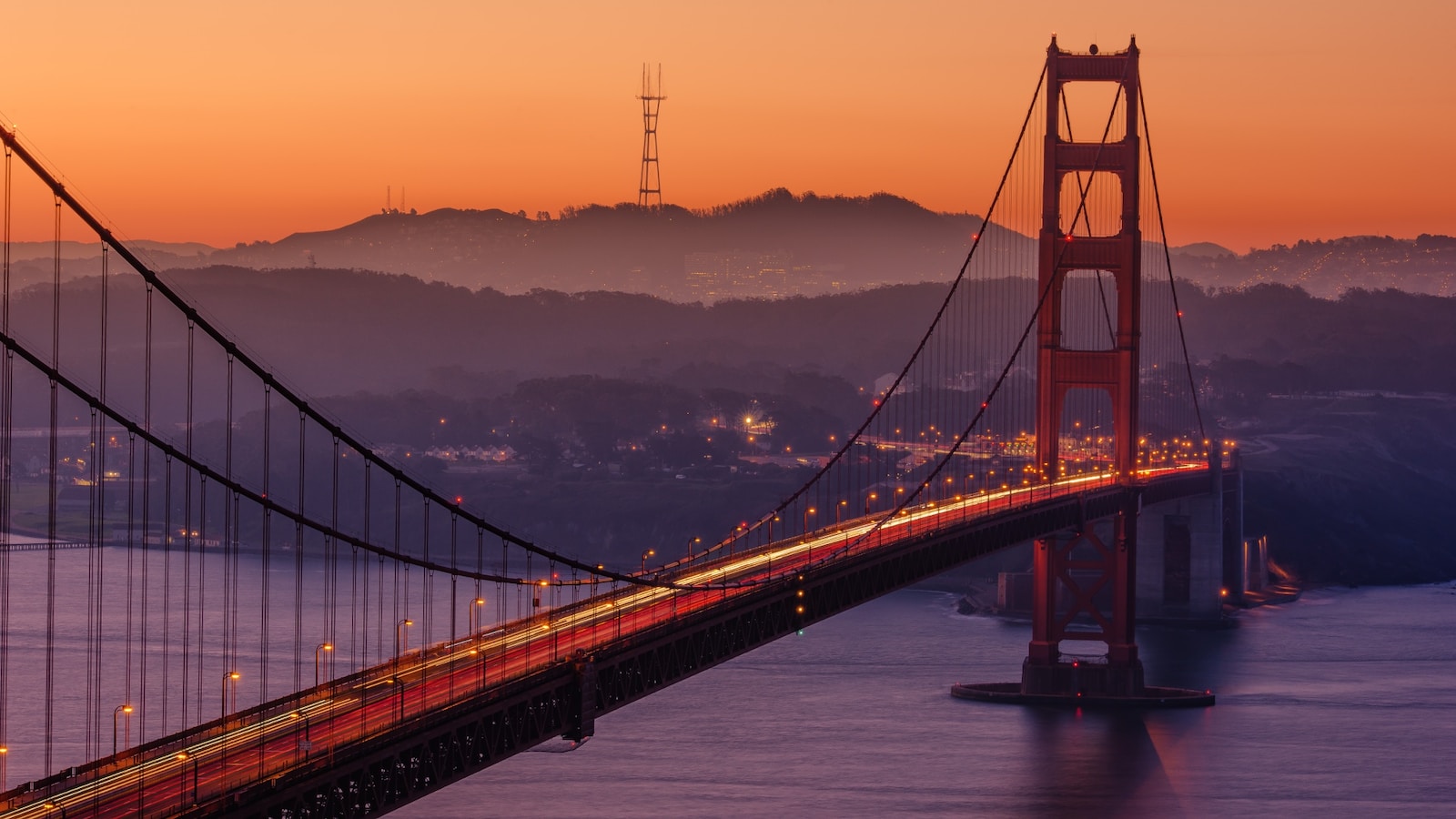Table of Contents
ToggleIntroduction: An Unprecedented Summer of Climate Crisis
As the summer draws to a close, the United States reflects on a season filled with extraordinary and devastating weather events that underscore the urgency of the climate crisis. From scorching heatwaves to raging wildfires and destructive floods, experts warn that this summer’s occurrences may become the new norm, signaling a dangerous escalation in the climate crisis.
Record-Breaking Heatwaves: The Withering Heat Across the US
Across the American continent, a relentless barrage of extreme heatwaves has left communities sweltering and vulnerable. Phoenix, Arizona, experienced an astonishing 31 consecutive days with temperatures surpassing 110F (43C), while a massive heatwave in the central region forced school closures and food bank shutdowns. Even Miami’s ocean waters turned alarmingly hot, endangering the state’s fragile coral reef ecosystems.
Unusual Summers on the Horizon: Factors Amplifying Extreme Conditions
This summer’s unprecedented heat is not solely attributed to global heating caused by human activities. The onset of El Niño, a cyclical climate phenomenon, has contributed to the spike in temperatures worldwide. Climate scientists warn that the convergence of high temperatures, El Niño, and natural variability creates conditions never before witnessed by humanity. The burden on the climate system is akin to an overloaded camel, carrying additional weight that pushes the limits of what is considered normal.
Otherworldly Events: Smoke, Floods, and Tropical Storms
The summer’s surreal nature became evident when smoke from record wildfires in Canada engulfed cities like New York and Washington DC, causing the worst air quality in the world. In Arizona, the scorching ground was capable of inflicting burns on unsuspecting individuals, while melting glaciers in Juneau, Alaska, led to destructive floods. California faced the rare threat of a tropical storm, resulting in record rainfall, mudslides, and even rapids in arid regions like Death Valley.
Devastation in Hawaii: The Deadly Impact of Fires on Lahaina
A poignant tragedy unfolded in Hawaii when fires engulfed the historic coastal town of Lahaina, claiming numerous lives and reducing the town to ruins. President Biden himself witnessed the devastation and acknowledged the undeniable connection between these disasters and climate change. The summer of extreme weather serves as a stark reminder that such events are no longer aberrations but alarming indications of the changing climate.
A Call for Action: President Biden and the Urgency of Climate Change
President Biden, confronted with the catastrophic consequences of climate change, has emphasized the imperative of addressing this crisis. Expressing his dismay at the plumes of wildfire smoke and the suffering of vulnerable individuals, he urges society to acknowledge that these events are far from normal. The president’s vision encompasses clean energy investment, job creation, and a transition towards a sustainable future.
Compound Disasters: The Strain on American Life and Infrastructure
The summer’s succession of climate-driven disasters has strained American society. Authorities at state and federal levels grapple with managing displaced populations, while major insurers withdraw coverage from fire and flood-prone areas. The compounding effects of heatwaves, fires, and floods necessitate a fundamental reevaluation of infrastructure and emergency response systems, which were designed with outdated assumptions.
Public Opinion and the Partisan Divide: Confronting the Climate Crisis
Polling data indicates that a majority of Americans are increasingly concerned about the climate crisis. Support for renewable energy and disaster response policies remains strong. However, a deep partisan divide persists, as evidenced by recent debates among Republican presidential contenders. Overcoming this divide is crucial for enacting swift and effective measures to mitigate the climate crisis.
The Inevitable Future: Projecting a Worsening Climate Scenario
Despite the extreme nature of this summer’s events, they are unlikely to significantly alter the partisan dynamics surrounding climate change. Climate scientists predict that subsequent years will bring even hotter temperatures and greater chaos due to the continuous intensification of the climate crisis. The window for action is narrowing, and urgent measures are required to reduce greenhouse gas emissions, transition to renewable energy sources, and adapt to the changing climate.
Conclusion: A Wake-Up Call for a Resilient and Sustainable Future
America’s summer of extreme weather serves as a stark warning of the escalating climate crisis. The unprecedented heatwaves, wildfires, floods, and other extraordinary events highlight the urgent need for collective action. Governments, communities, and individuals must come together to address the root causes of climate change, mitigate its impacts, and build a resilient and sustainable future. The time for action is now, as the consequences of inaction are becoming increasingly dire. By embracing sustainable practices, investing in renewable energy, and implementing robust adaptation strategies, we can strive to protect our planet and future generations from the worst effects of the climate crisis.







